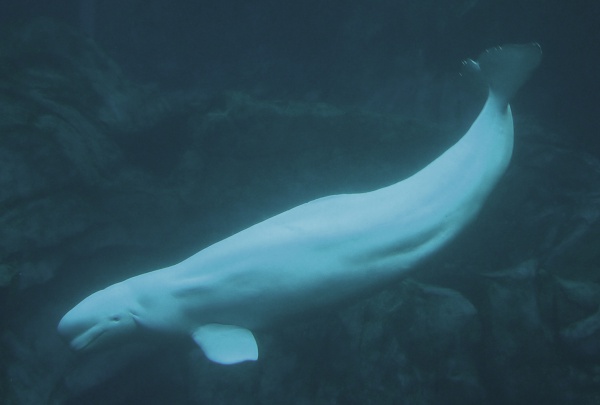Facts About Beluga whale
Beluga whales, often referred to as white whales, are captivating creatures residing in the Arctic and sub-Arctic regions. They are members of the Monodontidae family and are easily identified by their distinctive all-white coloration, absence of a dorsal fin, and a bulbous forehead known as the melon—a specialized organ used for echolocation. These whales have a robust build, with males reaching up to 18 feet (5.5 meters) in length and weighing as much as 3,500 pounds (1,600 kilograms). Their exceptional hearing abilities aid them in navigating icy waters and locating breathing holes.
Belugas are highly social animals, typically forming small pods of around 10 individuals, although they can congregate in much larger groups during the summer months. Despite being relatively slow swimmers, they are capable of diving to impressive depths. Their diet is quite diverse, varying with their location and the time of year. Most belugas are found in the Arctic Ocean and adjacent seas, with an estimated global population of around 150,000.
Historically, native communities hunted belugas for sustenance and raw materials. Today, while some beluga populations remain stable, others are critically endangered and face significant threats. These threats include predation by polar bears and killer whales, pollution, and the impacts of climate change on their habitat. To protect them, various conservation measures have been implemented, such as legal protections, regulated hunting, and research efforts in managed care facilities.
Belugas are also popular attractions in aquariums and marine parks, where their striking appearance and expressive demeanor make them favorites among visitors. However, captivity poses challenges for these animals, and ongoing efforts are focused on improving their welfare through enhanced care and breeding programs.
Culturally, belugas have appeared in movies, music, and even inspired aircraft design. They are featured prominently in many conservation and educational campaigns aimed at highlighting the importance of protecting these enchanting Arctic whales and raising awareness about their conservation status.
